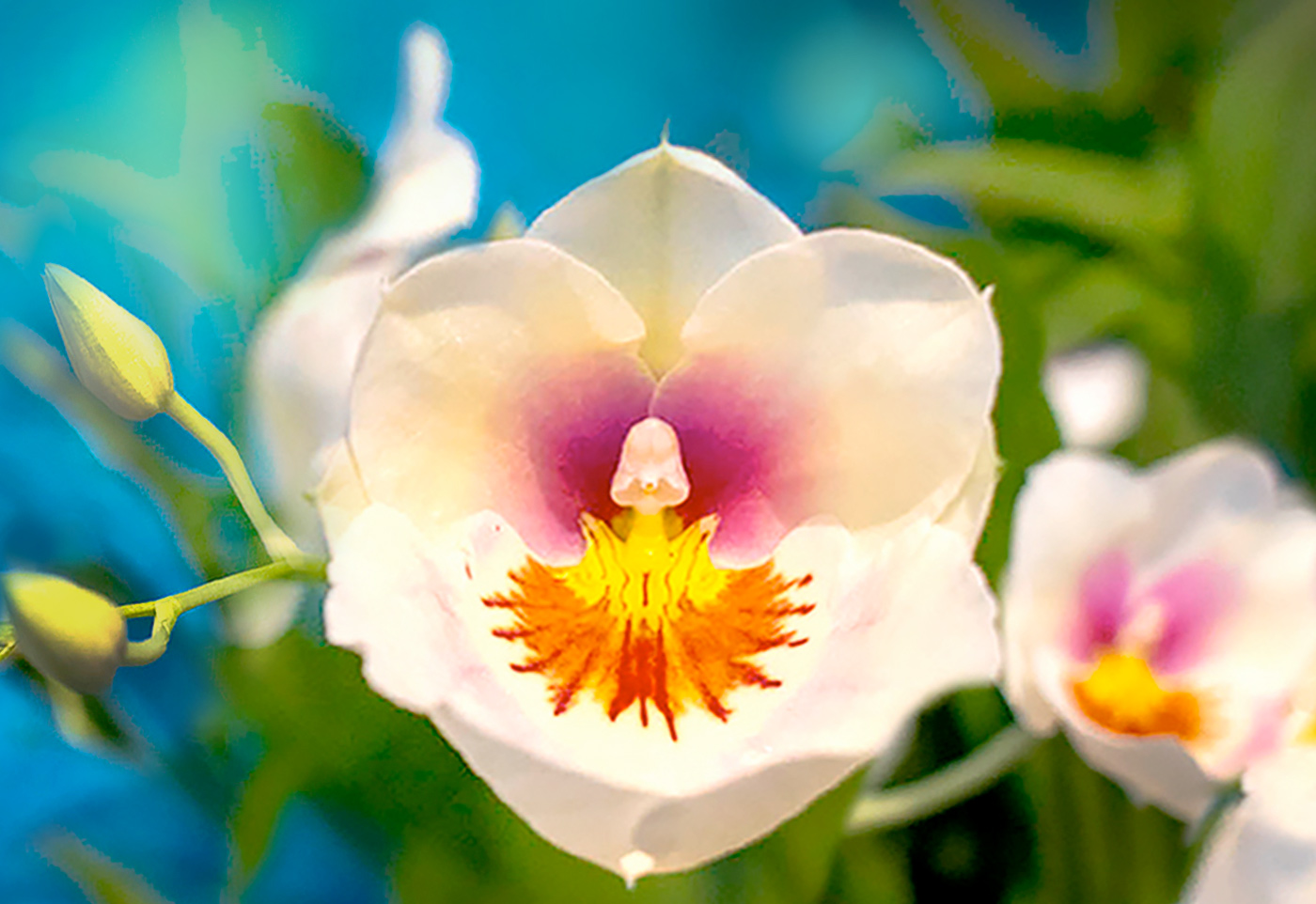
42.1497879, -87.7954483
42.14982224, -87.79543304
42.15106583, -87.79249573
42.15106964, -87.79230499
42.1510849, -87.79232025
42.15131378, -87.79237366
Japanese Cherry Birch
Native to Japan, the Japanese cherry birch gets its common name from its shiny reddish-brown bark.
The primary ornamental feature of birch trees is the bark. Many of the common names of birch trees refer to the color of the bark -- white, gray, yellow or red. Another signature bark characteristic is its habit of separating into thin sheets; Native Americans used this property to harvest the bark from fallen paperbark birch trees to make canoes, bowls and shelter -- practical as well as beautiful. A strong secondary ornamental feature is the usually colorful golden fall foliage. Given their preference for cool weather and acid soil and their susceptibility to bronze birch borer infestations, birch trees can be challenging to cultivate in the Chicago region.
The genus Betula includes an indeterminate number of species of the birch tree; estimates range from 30-60. They are native to the cooler, temperate and sub-polar regions of Asia, Europe and North America -- generally preferring long cold winters and short mild summers. The Chicago Botanic Garden's collection contains more than 40 varieties among its more than 500 birch trees.

